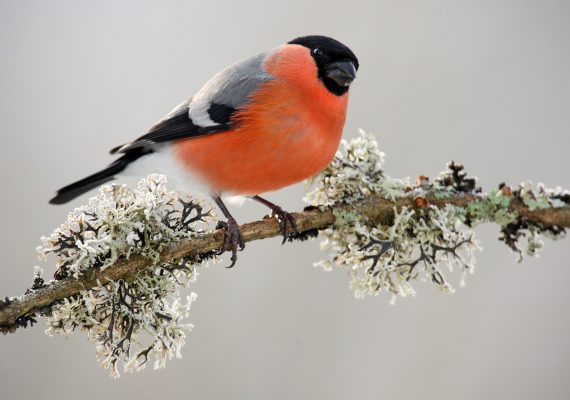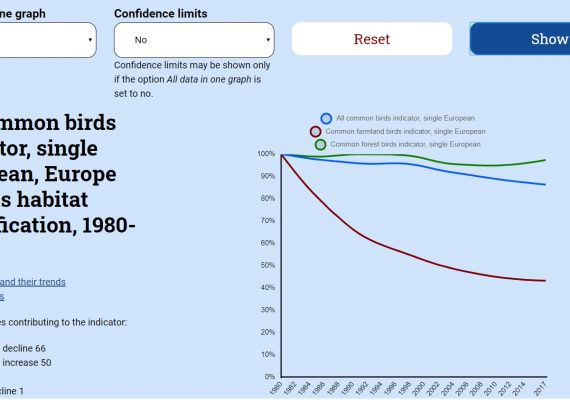
Bird Census News 32/1-2
April 29, 2020
Read a new volume of Bird Census News 32/1-2! The pdf is freely available for download from the EBCC website. This issue includes five papers on the monitoring of birds' migration.
April 29, 2020
Read a new volume of Bird Census News 32/1-2! The pdf is freely available for download from the EBCC website. This issue includes five papers on the monitoring of birds' migration.
April 28, 2020
Across Europe, we are facing an unprecedented and challenging situation brought upon us by Covid-19, and the restrictions imposed upon normal life in response to the pandemic. At this time we, the European Bird Census Council, want to express our support to our community of birdwatchers, ornithologists, scientists, and conservationists across the continent.
December 31, 2019
This report summarizes the activities of the Pan-European Common Bird Monitoring Scheme (PECBMS) between July 2019 and December 2019.
December 6, 2019
The Pan-European Common Bird Monitoring Scheme (PECBMS) presents a set of updated European wild bird indicators for the time period 1980-2017.
December 6, 2019
This report presents updated population trends and indices of 170 common European bird species for the time period 1980-2017 that have been produced by the Pan-European Common Bird Monitoring Scheme (PECBMS) in 2019. The species trends presented are for a long time period (from 1980 onwards until 2017) and for the last ten years (2008-2017).
December 6, 2019
In 2019, the indices and trends for 170 common European species have been produced based on the data from 28 countries. The number of species published and the countries contributing to the PECBMS in 2019 remained the same as the last year.
December 5, 2019
In December we have produced new leaflet presenting the trends of 170 common European bird species based on data from 28 countries covering 38 years (1980–2017). The leaflet summarises outputs of this 2019 data update and presents an example of a species with very contrasting regional trends – the Common Starling.
November 28, 2019
A recent paper published in Ornis Fennica (Heldbjerg et al. 2019) showed that positive population trends of Common Starling (Sturnus vulgaris) in Central-East Europe contrast with negative trends in North and West Europe. The study, which included common bird monitoring data from 24 European countries and involved no less than 34 co-authors, provides an example of how useful the Pan-European Common Bird Monitoring Scheme (PECBMS) and all the included national monitoring schemes within this collaboration are.
October 26, 2019
We are very proud to announce that Petr Voříšek, the long-standing PECBMS coordinator, was awarded the BTO Marsh Award for International Ornithology and the EuroBirdPortal team is this year´s winner of the BTO Marsh Award for Innovative Ornithology.
October 17, 2019
Recent research published online on October 9th, 2019 in Climate Change examined the strength of the relationship between species-specific regional population changes and climate suitability trends, using 30-year datasets of population change for 525 breeding bird species in Europe and the USA. The data for European species were obtained from PECBMS.








